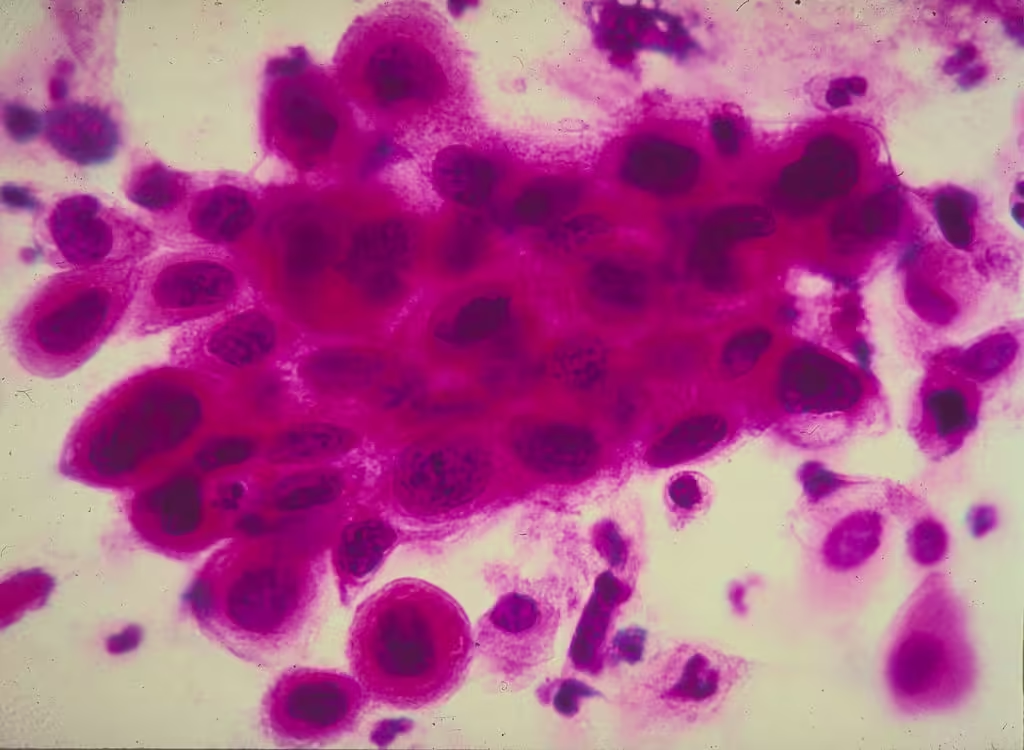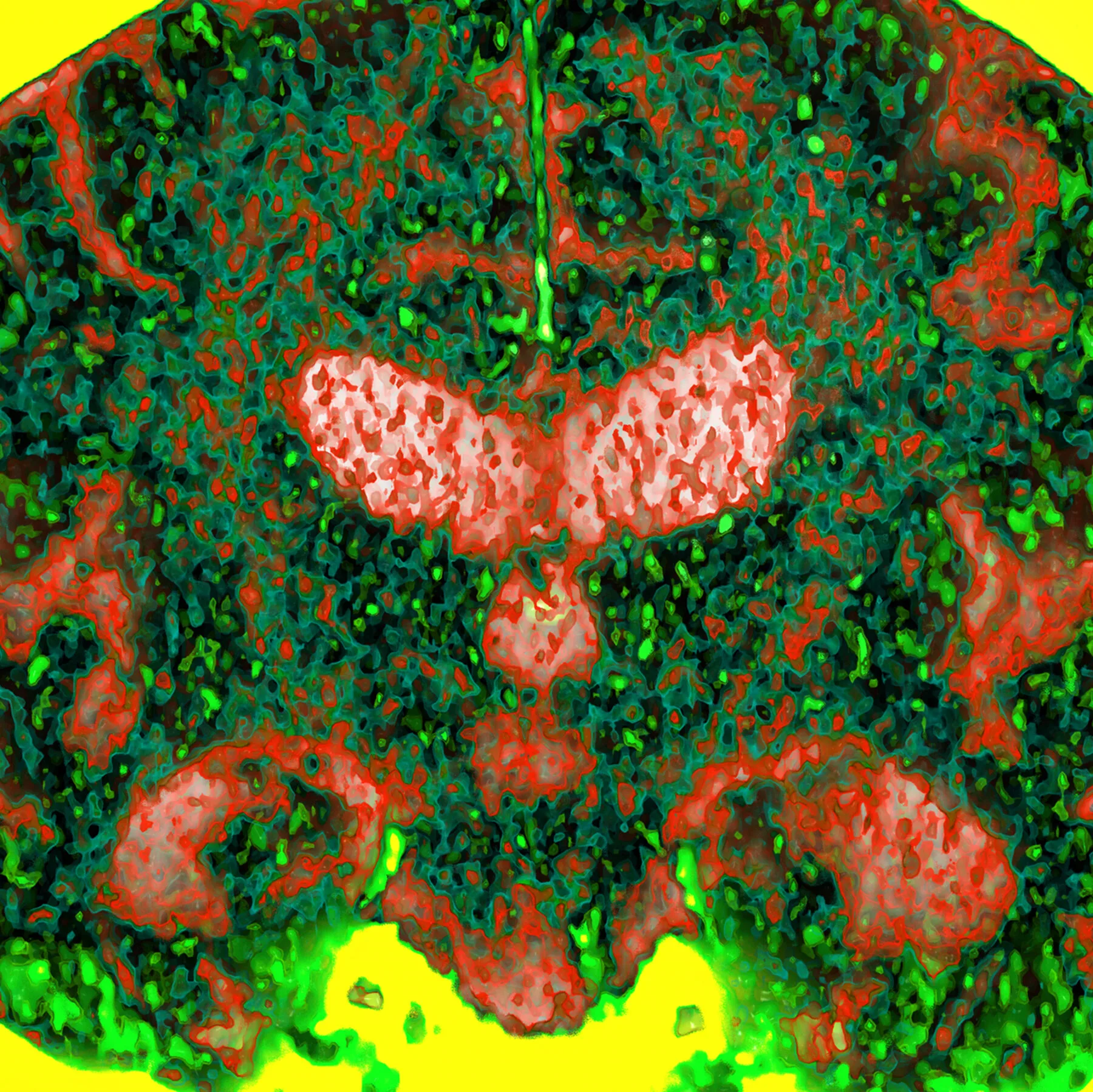In a significant advancement in cancer treatment, researchers have developed nanobots capable of selectively killing cancer cells in mice. This development builds on previous work by the Karolinska Institutet, where scientists created structures to organize death receptors on cell surfaces, initiating cell death. These structures consist of six peptides arranged in a hexagonal pattern.
Death receptors function as switches on cell surfaces that trigger apoptosis, or programmed cell death, when activated by specific signals like tumor necrosis factor (TNF). This mechanism helps regulate cell survival and death.
The hexagonal peptide nanopattern is highly effective but poses a risk of indiscriminately killing cells throughout the body if used as a drug. To mitigate this risk, the researchers have encapsulated the peptide weapon within a DNA nanostructure, using a technique known as DNA origami. This technique allows precise placement of DNA pieces and attachment of proteins to create exact molecular patterns and structures.
“We have managed to hide the weapon in such a way that it can only be exposed in the environment found in and around a solid tumor,” explained Björn Högberg, a professor at the Department of Medical Biochemistry and Biophysics, Karolinska Institutet. “This means that we have created a type of nanorobot that can specifically target and kill cancer cells.”
The nanorobot’s weapon is activated by the acidic microenvironment typical of cancer cells, characterized by a low pH. In test tube cell analyses, the peptide weapon remains concealed at a normal pH of 7.4 but becomes exposed and active at a pH of 6.5, significantly killing cancer cells.
The efficacy of the nanorobot was tested on mice with breast cancer tumors. Mice treated with the active nanorobot showed a 70 percent reduction in tumor growth compared to those that received an inactive version.
“We now need to investigate whether this works in more advanced cancer models that more closely resemble the real human disease,” said Yang Wang, a researcher at the Department of Medical Biochemistry and Biophysics, Karolinska Institutet.
Before human trials can begin, the team must assess potential side effects, such as the risk of harming healthy cells outside of tumors. Högberg emphasized that these results are an early proof of concept and not yet a viable treatment. Future plans include testing in more realistic animal models and enhancing the nanorobot’s targeting capabilities by attaching proteins or peptides that bind specifically to certain cancer types.



